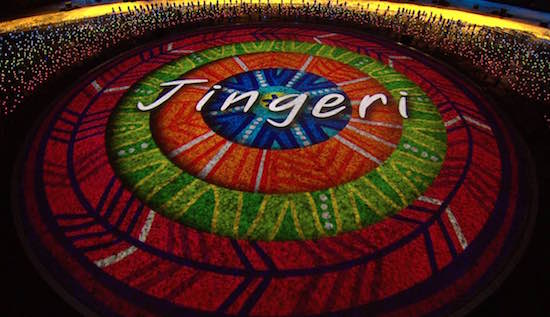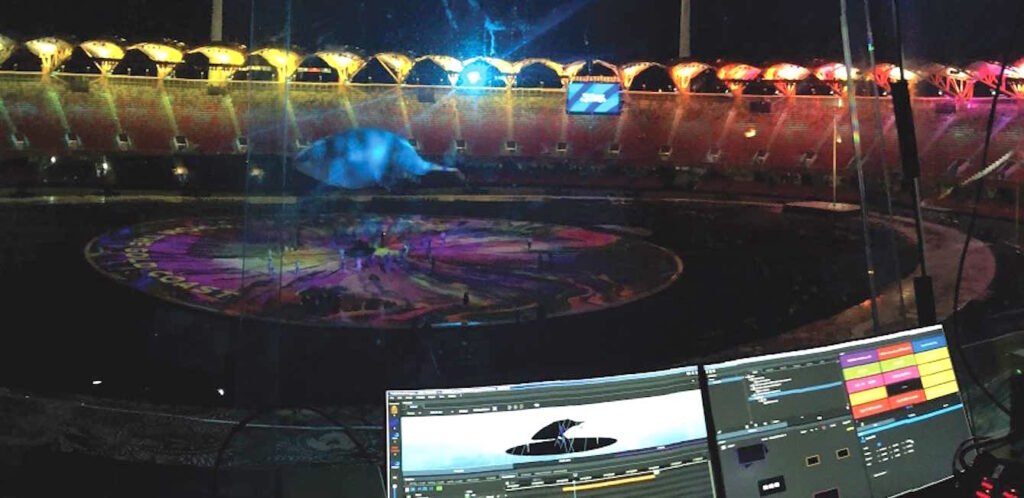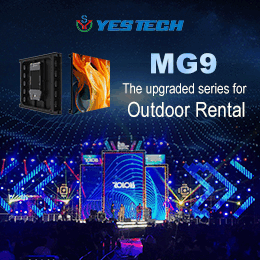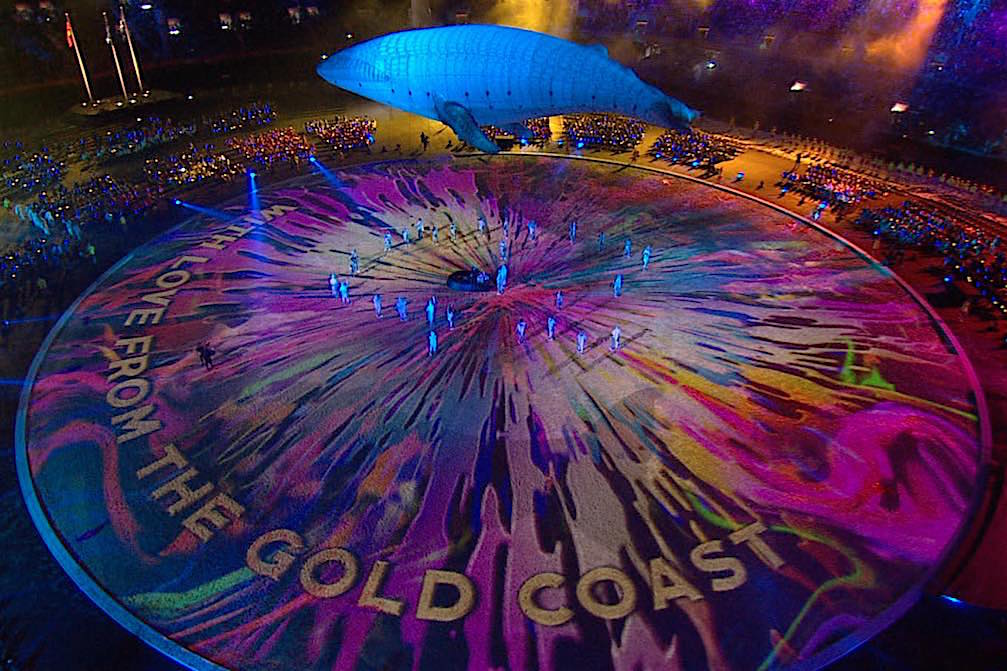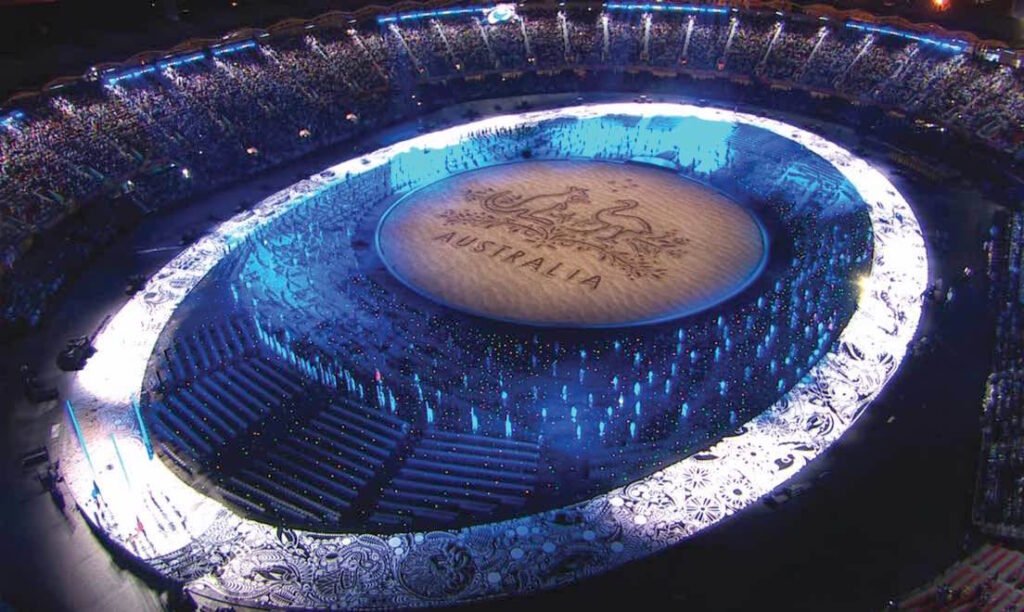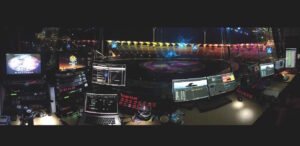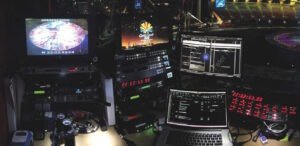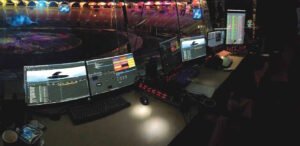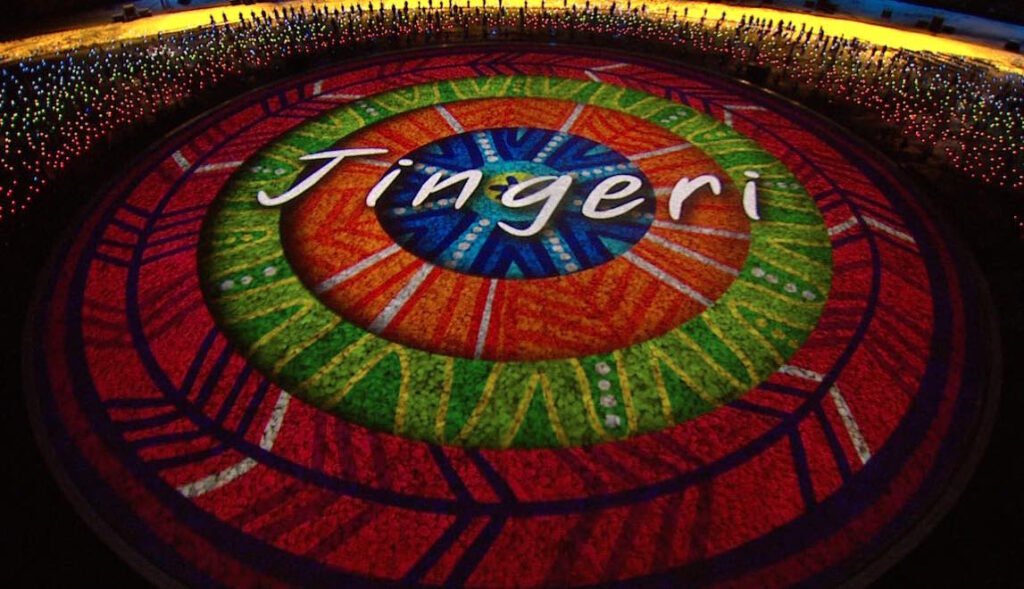Subscribe to CX E-News
PIXELS
Video Playback and Projection Systems Delivery at the Gold Coast 2018 Commonwealth Games
The 2018 Commonwealth Games welcomed more than 6,600 athletes and officials from 71 Commonwealth nations and territories to the Gold Coast. The largest sporting event to be staged in Australia this decade, GC2018 also featured the biggest integrated sports program in Commonwealth Games history.
The Opening Ceremony, produced by Jack Morton Worldwide, took place on 4th April at Carrara Stadium. The Ceremony’s cultural program was a showcase of Queensland and Australia’s finest talent, complemented by breathtaking large-scale projection provided by The Electric Canvas and visual content by design agency, The Pulse. Christie Digital Systems Australia was TEC’s supply and support partner for this major event, broadcast live around the world to an estimated television audience of 1.5 billion.
Peter Milne, TEC’s managing director, was appointed as the Ceremonies’ director of projection and led a team of 10 specialist projection technicians to deliver the complex mission.
The principal projection component was a 3,200 square metre circle onto the field of play in Carrara Stadium, covered in sand to represent the famous beaches of the Gold Coast. To achieve this, The Electric Canvas provided a total of 20 Christie 2K30 Boxer projectors (30,000 lumens / 2048 x 1080 pixels), installed in custom structures with weatherproof enclosures.
Four Boxer 4K30 projectors were installed on cantilevered structures suspended from the seating bowl balcony. These were used to project onto a 30-meter long inflatable replica of Migaloo, the famous white humpback whale often sighted off the Queensland coast.
Milne hatched an ambitious plan for the field of play projection, which utilised the heads of two of Carrara Stadium’s lighting towers to house the projectors. A 100 tonne crane was required to lift the projectors, enclosures and other materials to their positions, some 67 metres above the ground.
The projection installation layout was designed with limited information about the construction of the tower heads, as no accurate working plans or CAD models existed. Projector positioning also had to allow for a steel grid that originally supported sports lights on the two levels of the towers that the projectors occupied.
The projector installation was plagued by high winds and rain that caused a number of scheduled crane lifts to be cancelled. Once the projectors were safely installed, there was very little manoeuvring room for TEC’s technicians.
Access to projectors could only be afforded by climbing under each projection structure. The technicians regularly climbed the towers’ seemingly endless vertical ladders and, over the course of the project, worked out that they’d exceeded a climb of Mount Fuji!
Milne comments, “Due to budget constraints I was asked to rework the original projection design, whilst retaining the same amount of coverage. Although this resulted in a reduction of projected brightness from 300 to 200 lux and added challenges for Lighting and Broadcast, the lighting tower strategy paid off in spades!
“Placing projectors at 67 and 70 metres above the field of play delivered an image quality greatly superior to that achieved from the alternative seating bowl locations, where smeared pixels and undesirable effects would have been caused by the nap and undulations of the sand.
“The improved efficiency of coverage afforded by the tower positions was further enhanced by the lack of shadows cast on the projection by props and performers.”
“The performance of the Christie Boxer projectors was flawless and we were very impressed with their reliability despite the environmental conditions, which included high temperatures and humidity”, continues Milne.
“We developed a projector control application that allowed us not only to interrogate many parameters and sensors within the projectors, but to also preview what signal was arriving at the projector inputs.”
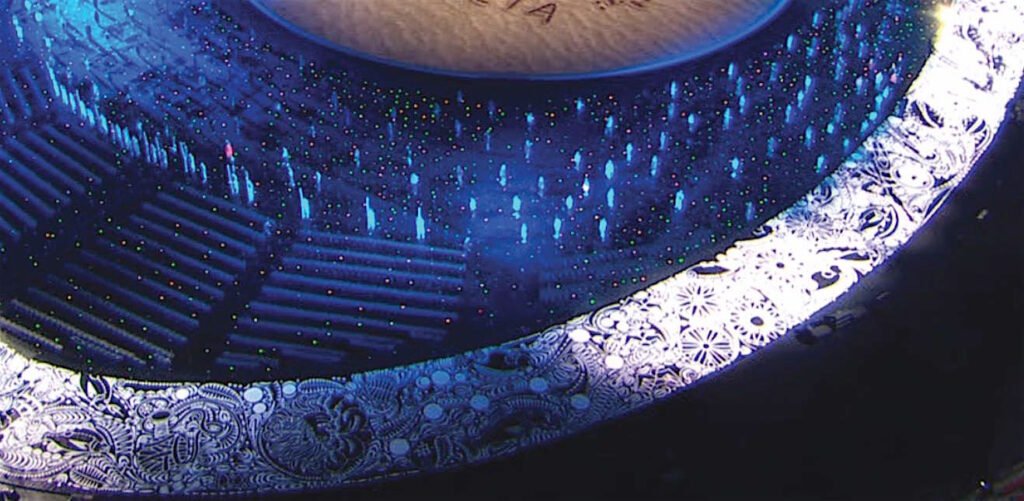 Milne also assisted content producers, The Pulse, to optimise visual opportunities. To manage and deliver the content to the projectors, stadium screens and broadcast, The Electric Canvas chose their new Modulo Kinetic media server system.
Milne also assisted content producers, The Pulse, to optimise visual opportunities. To manage and deliver the content to the projectors, stadium screens and broadcast, The Electric Canvas chose their new Modulo Kinetic media server system.
Kinetic, a timeline based platform that works in 2D and 3D space, includes a number of features that facilitate projector alignment and rapid programming changes. The entire media server system featured 100% hot back up to the projectors, completely free of matrixes and other single points of failure.
The Kinetic servers and masters were installed on TEC’s new Gen-6 server platform using M.2 RAID arrays.
- Control room
The Closing Ceremony required a completely different projector coverage scheme, for which The Electric Canvas has to develop another clever strategy. The lenses on certain projectors were changed so that four individual stages erected for the Closing Ceremony could be covered.
At the same time, enough projectors from the original Opening Ceremony coverage needed to be retained so that alignment marks could be placed on the field of play to assist with positioning of the Closing Ceremony stages.
Simon Toomer, production manager – systems for GC2018 Ceremonies, comments, “The Electric Canvas team’s professionalism and unparalleled expertise, through the dedicated eye of Peter Milne, provided a confidence and reassurance which is rarely seen.
“All this, together with the close integration and support from Christie and their Boxer series projectors, proved a match that would be hard to beat in this competitive industry.”
TEC Crew:
Director of Projection / Project Manager – Peter Milne
Principal media server programmer/operator – François Rocchetti
Systems manager/Understudy programmer – Blake Johnson
Crew boss / Server technician – Piotr Janusz
Climbing technicians – Joshua Feltham, Stephen Paul, Takao Hashino, Alex Melville
Ground-based technicians – Kyle Remphrey, Jackson Niehaus, Anthony Ripamonti
From CX Magazine – April 2019
CX Magazine is Australia and New Zealand’s only publication dedicated to entertainment technology news and issues – available in print and online. Read all editions for free or search our archive www.cxnetwork.com.au
© CX Media
Subscribe
Published monthly since 1991, our famous AV industry magazine is free for download or pay for print. Subscribers also receive CX News, our free weekly email with the latest industry news and jobs.


